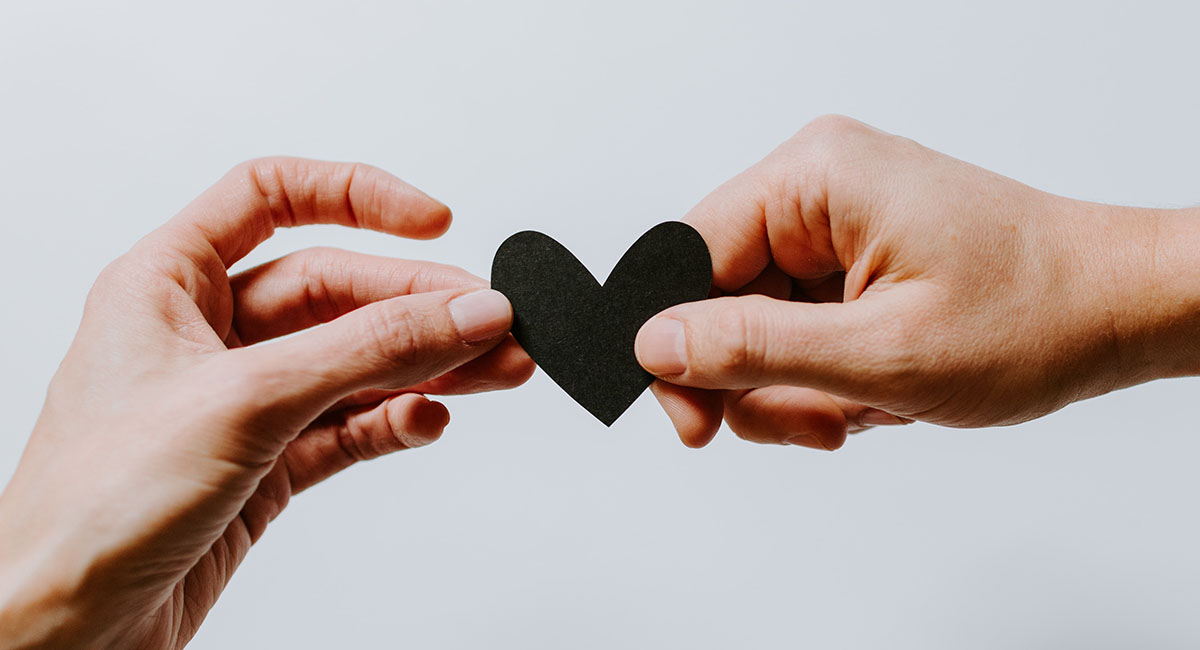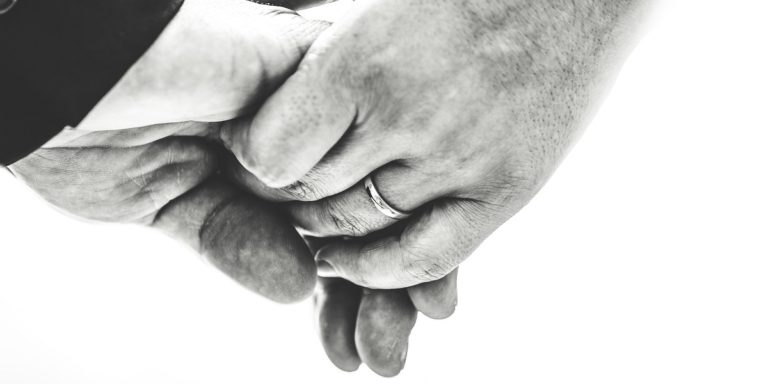
The hormones of connection
Links in some blog posts may earn a commission for The Brain Cleanup Coach.
Physically connecting releases hormones in your body.
Sensors directly under your skin, called “Pacinian corpuscles,” register pressure from touch, and send a signal to the vagus nerve. This nerve that is connected to multiple organs in your body, is responsible for slowing the heart and decreasing blood pressure in response to invited or non-threatening touch. So physical connection can lower stress levels.
Let’s take a look at some of the main hormones release when we connect with each other.
Oxytocin
The hormone that most people are chasing when they long for physical connection is oxytocin. You’ve probably heard of this hormone referred to as the “cuddle” hormone. The brain uses oxytocin to drive us into desiring being close to someone else. Whether you’re becoming romantically involved with someone, or a new parent bonding with a baby, or even just someone having found another person who is obviously a great friend connection to have, oxytocin is a powerful hormone that creates a lot of reward sensations in the brain.
A good example of how effective oxytocin is at creating connection is demonstrated in this study. Study participants with high-functioning autism were given an intranasal spritz of oxytocin which drove them to recognize and connect with participants in a ball toss game that were giving them positive social cues. In other words, in people who typically don’t process positive social cues due to their autism, oxytocin actually helped them recognize those cues momentarily, creating social trust.
Serotonin
Social connection (not social media connection, don’t get those confused) also releases serotonin. Serotonin is another feel good chemical associated with positive mood. Lack of serotonin has been recognized as a major cause of depression.
Serotonin is also responsible for “modulating mood, cognition, reward, learning, memory, and numerous physiological processes such as vomiting and vasoconstriction.” Kind of important!
Dopamine
The final major connection hormone is dopamine. Another neurotransmitter, dopamine, is also associated with feeling good.
Dopamine creates desire. Think about the last time you had a strong craving for something. That sensation of urge that you just have to fill, that is created by dopamine. Once you fulfill the urge or desire, there’s a surge of dopamine that then tapers off, and you feel relief. So I think of dopamine as a hormone that causes tension to drive you into action.
This can be a double edged sword. Dopamine driving you to productive behavior is a good thing. Dopamine driving you to destructive behavior is not. So obviously dopamine is nuanced. And the tricky thing with dopamine is that in order to keep driving you to something your brain is defining as beneficial, your cells can decrease the amount of dopamine receptors they have on their outer layer, which means more dopamine has to be created in order create the desirable effect. This is a nifty trick of nature to get you lightly, or even heavily addicted to something that lights up the reward system in your brain.
Unfortunately this reward system doesn’t exercise judgement and caution, and it certainly doesn’t take the future into consideration. It is all about feeling good in the here and now, and getting more of it until it runs out. This is great for sustaining long-term connections, as long as they support our health and well being.
Obviously dopamine is one of those hormones that needs you and your rational pre-frontal cortex to monitor it to ensure that it’s creating desire for the right things in your life.
As a certified health and certified life coach I am skilled at helping people create the mindset and habits to enjoy their lives more and support the physical and mental health of their brains. If you’d like to explore working together you can schedule 30 minutes to connect with me (see what I did there?) by clicking this link to access my calendar.
If you enjoyed this article you might also like:
- THE IMPORTANCE OF A REAL SOCIAL NETWORK
- HOW TO DIFFUSE A DRAMA TRIANGLE
- HOW YOUR BRAIN PLAYS TRICKS ON YOU
Photo by Kelly Sikkema on Unsplash




